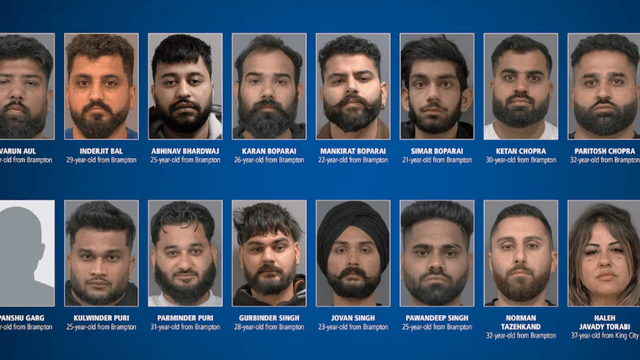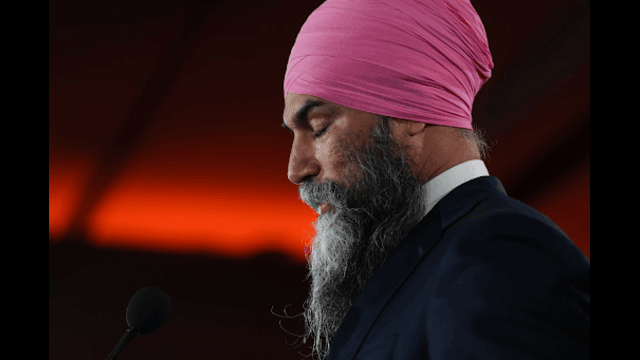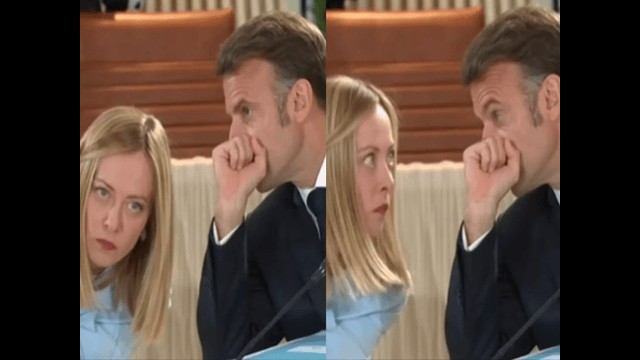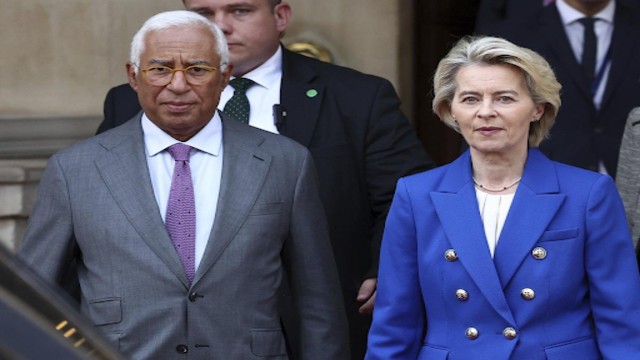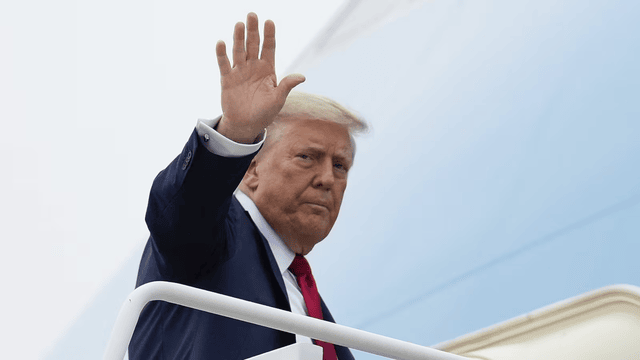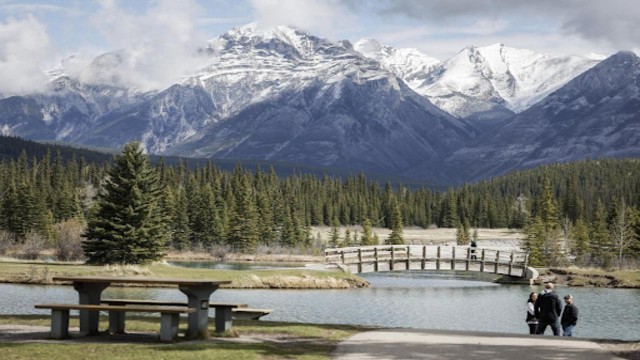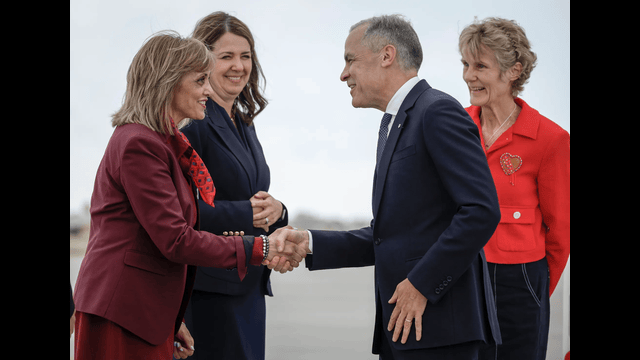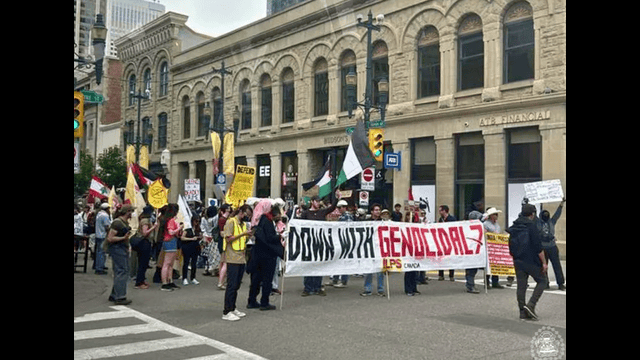
Prime Minister Mark Carney visits Edmonton, Alberta, on March 20. REUTERS
Prime Minister Mark Carney has officially called for the 2025 federal election, triggering an early campaign six months ahead of schedule. On Sunday, he met with Gov. Gen. Mary Simon, requesting her to issue the writs of election. Canadians will head to the polls on April 28, marking the shortest campaign period allowed by law—just five weeks.
Carney, who was sworn in as prime minister only days ago, is now seeking a fresh mandate from voters. Speaking outside Rideau Hall, he said his government needs public support to continue its work. “What’s important is that the government has a mandate from the Canadian people to finish the job,” he said. He highlighted his goals of strengthening the economy, diversifying trade partnerships, and standing up to U.S. President Donald Trump in trade negotiations.
Liberals Hope to Keep Their Momentum
Carney became the Liberal leader on March 9, replacing former Prime Minister Justin Trudeau. Without a seat in Parliament, Carney has decided to run for a seat in Nepean, a riding near Conservative leader Pierre Poilievre’s district. Calling the upcoming election “one of the most consequential in our lifetimes,” Carney is banking on recent Liberal gains in the polls.
Since Trudeau’s resignation, the Liberals have closed the gap with the Conservatives, who held a strong lead for nearly two years. Some recent polls even show the Liberals slightly ahead, a surprising turnaround for a party that’s been in power for nearly a decade.
Carney has promised to eliminate the GST for some first-time homebuyers, a pledge that mirrors Poilievre’s earlier campaign promise. He has also vowed to introduce a middle-class tax cut, potentially saving dual-income families up to $825 a year.
Conservatives Push for Change
Conservative leader Pierre Poilievre is also hitting the campaign trail, aiming to end the Liberals’ nearly 10-year rule. Speaking at his campaign launch in Manotick, Ontario, he criticized the Liberals for rising costs and economic struggles, calling the past decade “the lost Liberal decade.”
Poilievre promised to scrap the industrial carbon tax, eliminate sales tax on some new homes, and cut development charges to make housing more affordable. He assured voters that a Conservative government would restore Canada’s promise of prosperity and security.
NDP, Bloc, and Greens Seek Stronger Presence
NDP leader Jagmeet Singh launched his campaign in Ottawa, focusing on policies from the Liberals-NDP supply-and-confidence deal, such as dental care and pharmacare. Singh criticized both Carney and Poilievre, saying Canadians deserve a leader who makes decisions in their best interests.
In Montreal, Bloc Québécois leader Yves-François Blanchet kicked off his campaign, vowing to fight for Quebec’s interests. Though he’s not aiming to be prime minister, Blanchet aims to be a strong voice for Quebecers.
The Green Party, led by Elizabeth May and Jonathan Pedneault, also started their campaign in Montreal. Despite holding only two seats before Parliament was dissolved, May is optimistic, saying the Greens have more candidates nominated than some major parties.
Campaign Launches Amid Trade Tensions
The election campaign comes at a time of growing trade tensions with the U.S. President Trump has imposed heavy tariffs on Canadian goods, sparking a trade war. Both Carney and Poilievre addressed these concerns in their speeches, promising to protect Canadian interests.
Carney framed his economic policies as a pushback against Trump, while Poilievre vowed that Canada would not become the U.S.’s “51st state.”
With the campaign officially underway, all parties will be working hard over the next five weeks to win over Canadian voters.


